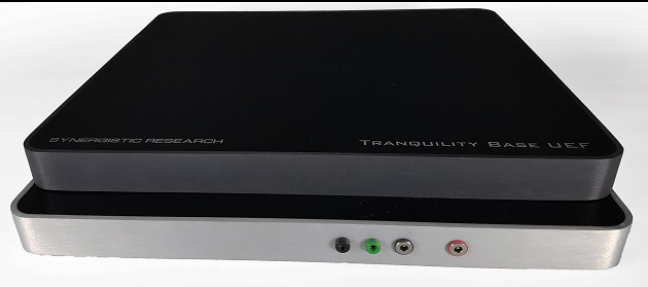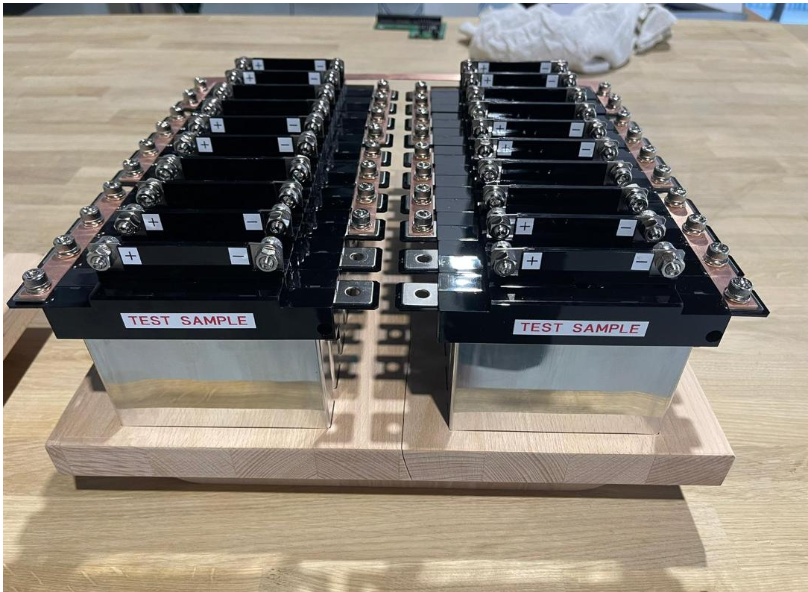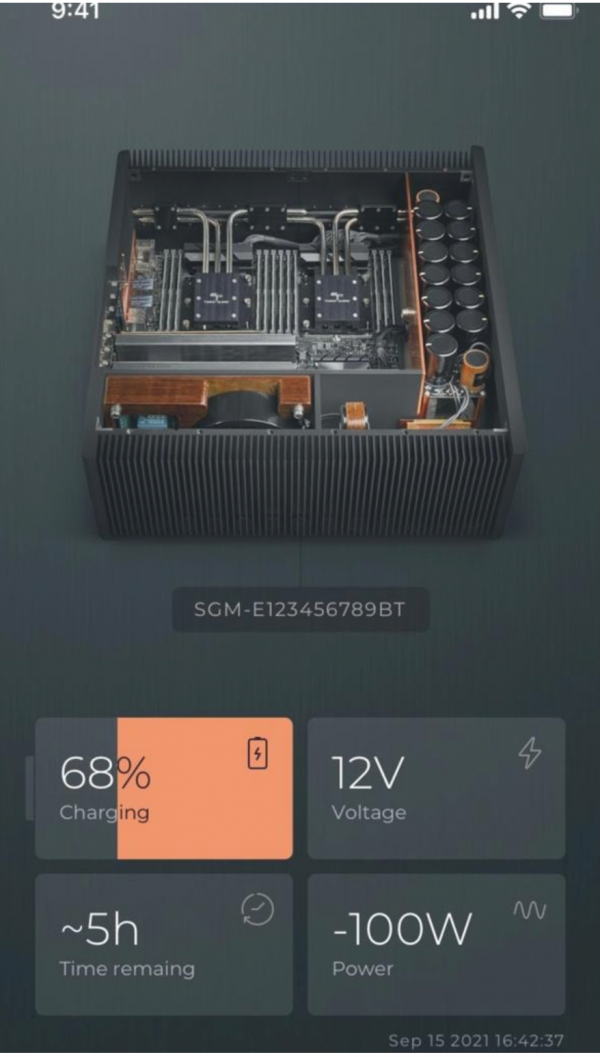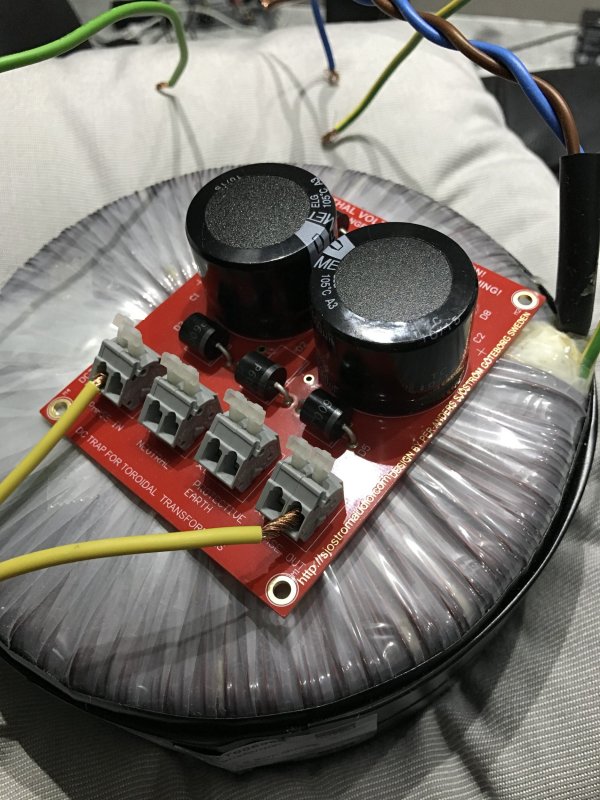@romaz and
@Ultrafast69, could you share your experience in terms of using the Extreme with the Stromtank (please specifiy model) vs directly? Thanks
As for the quality of power delivery, this is where I find it most effective to spend time and resources with the Extreme. I have found the Extreme to respond more favorably to my Sound Application TT-7 power line conditioner (PLC) than any other component I own. After that, it's my DAC then my preamp and finally my monoblocks.
Back in 2016, I heard a demo of the Stromtank S5000 HP at RMAF in the D'Agostino room and I was impressed by how the noise floor dropped, dynamics improved, and soundstage became more expansive. I brought in an S2500 convinced it would improve my system in the same way.
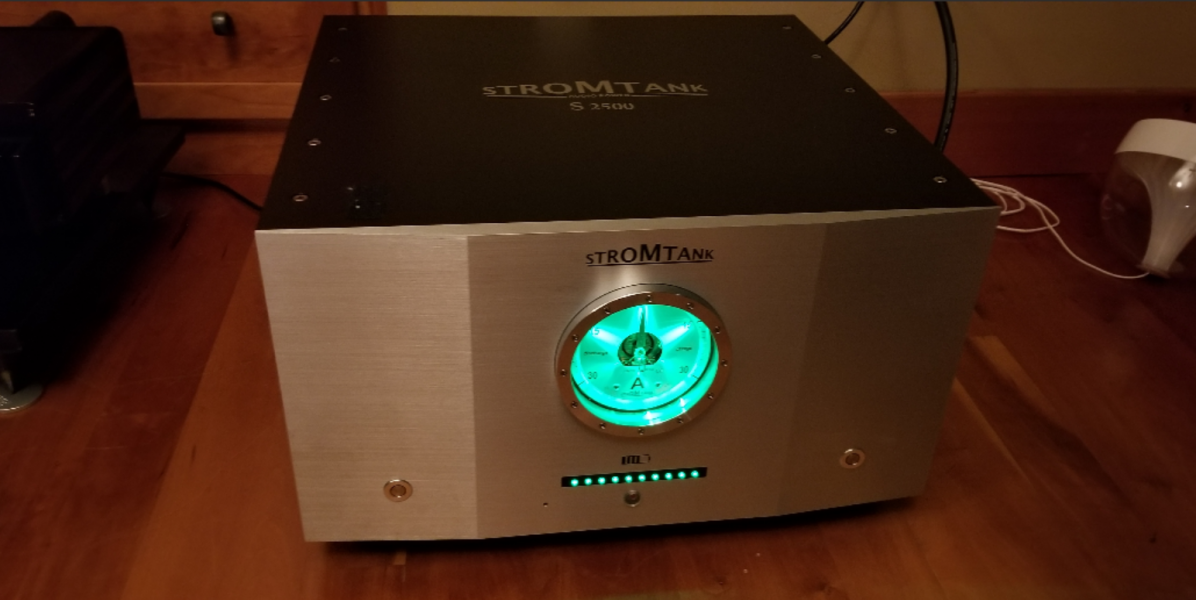
I brought in the Stromtank S2500 before I owned the Extreme but I tried it with various pieces of equipment including my DIY server at the time, an Aurender, an Ayon Spheris III tube preamp, D'Agostino HD preamp, Soulution 711, and D'Agostino M400 monoblocks. As the S2500 can output about 550 watts continuously, at low volumes, this small device handled any of these pieces just fine but compared to connecting this same equipment into my TT-7 PLC, I heard no improvement. Zero. It appeared to me and to a group of audiophiles I had over that this unit performed no better than my TT-7. If anything, with respect to transient response, the transients through the Stromtank sounded a bit soft to me and so overall, it was a step backward and this was the case whether I had everything plugged in including my amps and preamp or if I had just the server or DAC or server + DAC plugged in.
The problem with batteries is that they discharge current through a chemical reaction but that chemical reaction takes time and so battery-based power supplies traditionally are hampered by high output impedance resulting in a soft sound and so you potentially trade low noise for soft transients which in my case is unacceptable.
The solution to counter this is to combine multiple battery cells in parallel and 2 batteries in parallel (2p) will have half the output impedance as a single cell and so you can go to 4p, 8p, etc. to drop your output impedance further. Having now built a few of my own DIY Stromtanks, what's interesting is that it isn't my current giant Block Audio SE Mono Blocks that respond most favorably to low output impedance power, it was my DAC followed by the Extreme and then my preamp and this may be because my monoblocks have a 500,000uF bank of energy storage capacitors to aid them. Regardless, it turns out my digital gear has more fluctuant power demands than my analog gear and benefit more from low impedance power.
I use the storage capacity of a battery to give me a relative idea of the output impedance of a battery array and so the S5000 HP that I heard and liked back at RMAF has a storage capacity of 5000Wh. The S2500 I brought into my home which I didn't find useful has a storage capacity of 2500Wh and so this unit likely has 2x the output impedance of its bigger brother. The S1000 is even worse (5x higher). Even if you were going to plug in only a low powered DAC and the Extreme into a Stromtank, I would personally bypass the lower models and go for the S5000 HP.
At the present time, despite my DIY efforts at building my own battery-powered inverter / pure sine wave generator, my best sound comes from my TT-7 PLC plugged directly into mains power although I have fairly big 6awg in my walls and my panel outputs a rock steady 123V. Despite using an array of batteries with an output impedance as low as 10 milliohms, I am still getting a touch better dynamics with a TT-7 plugged straight into the wall and so nothing is guaranteed with a Stromtank (be sure you have the option to return it). If you are plagued by unstable or low voltages or wildly varying sound quality at various times of the day or night, the upsides of a Stromtank may be worth any downsides.
